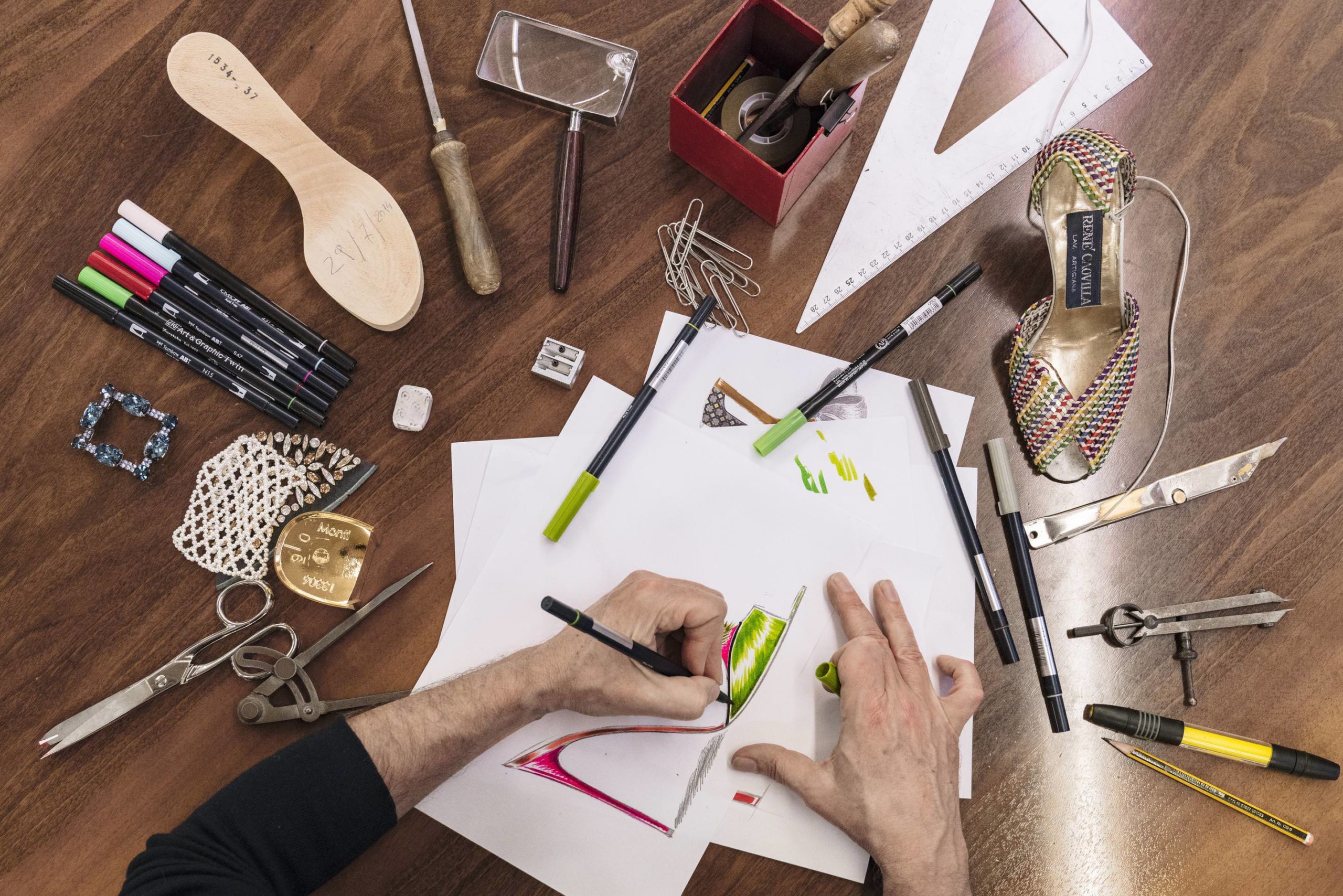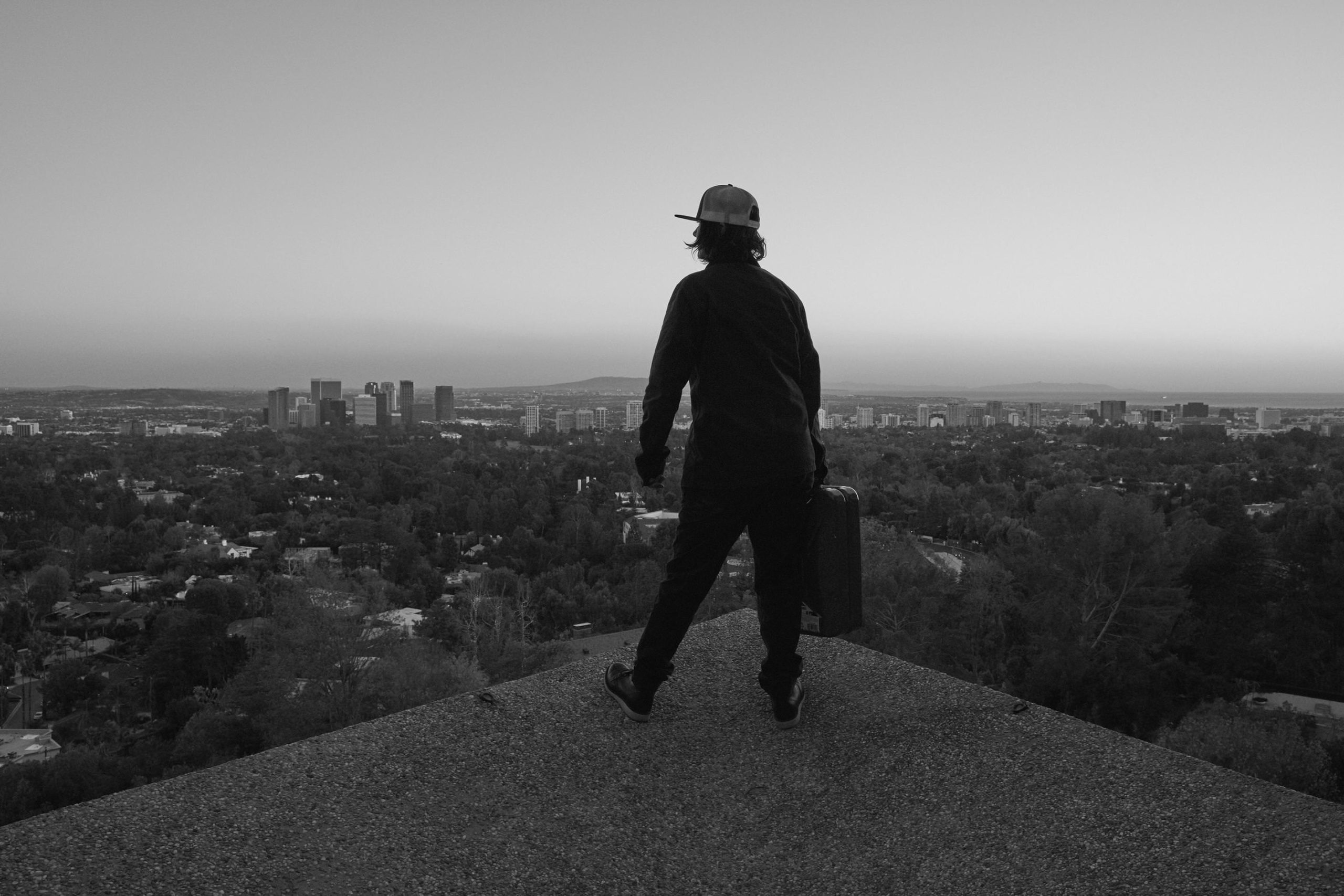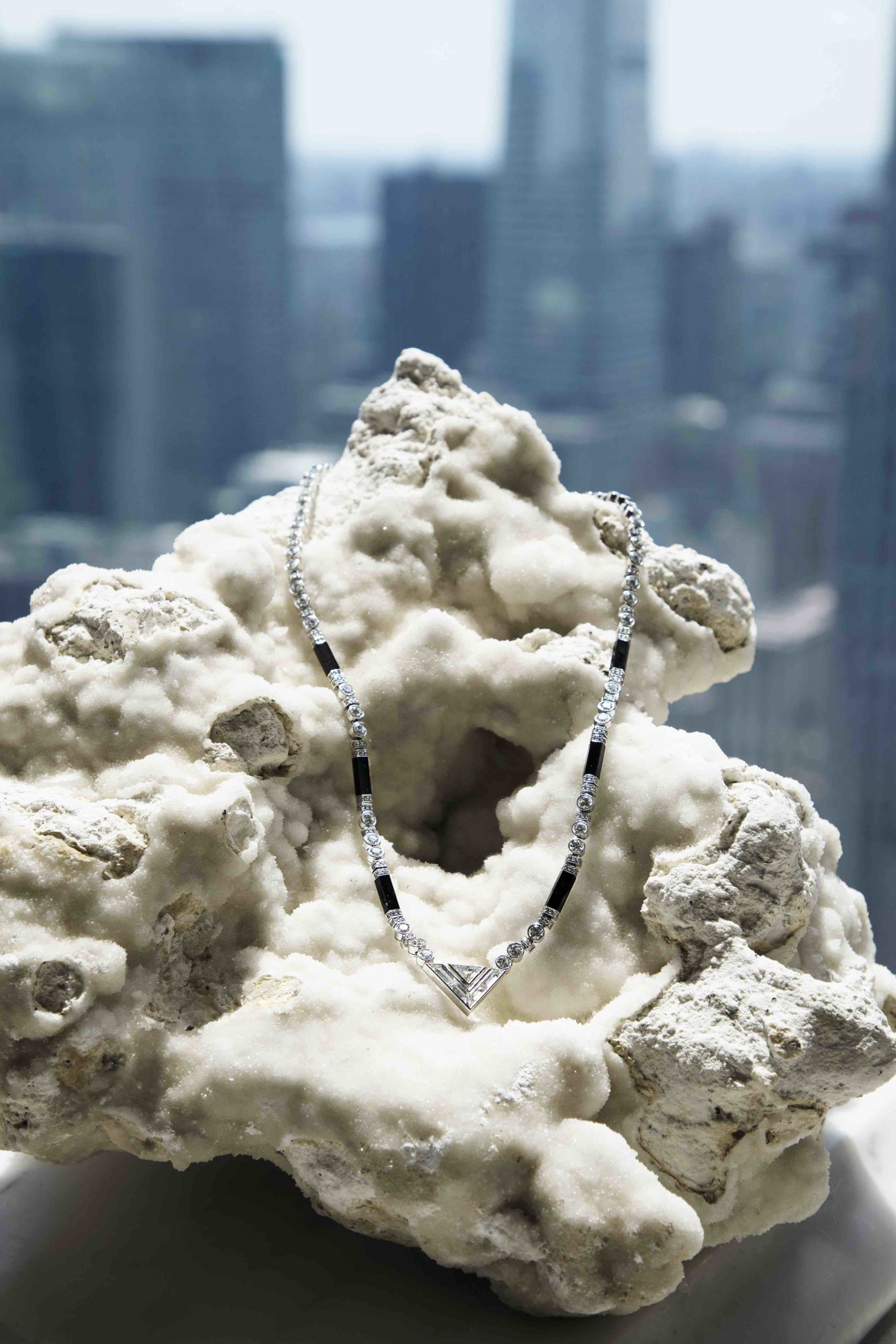Shelf is a regular column by Nicholas Weist about the most gorgeous, collectible, and informative books in contemporary art.
New Yorkers interested in how the field of contemporary art came to be were especially lucky this spring. Three shows surveyed the radical shift that occurred in the early 20th-century: MoMA’s “Inventing Abstraction,” “Drawing Surrealism” from the LACMA (recently on view at the Morgan Library), and the Yale Art Gallery’s “Société Anonyme.” The first two closed in mid-April, so if you missed them, fortunately for you, each institution has published a robust and scholarly catalogue for each.
Drawing Surrealism (by Leslie Jones, published by LACMA with DelMonico books/Prestel) offers novel insights into this complex movement, too often represented in the popular imagination by its later, terrible poster art (looking at you, Dalí). It focuses specifically on the techniques that Surrealists utilized to reach their holy grail of pure automatism, or the aesthetic manifestation of an unfettered unconscious. The Surrealist toolkit for controlled chaos like inkblots, automatic or mechanical drawing, and randomized collage is articulated in Leslie Jones’ comprehensive essay, with representative works.
Drawing Surrealism is especially notable for featuring lesser-known, Eastern European and female practitioners like Jindřich Heisler, Leonora Carrington, and others who have been unjustly overshadowed by standard-bearers like André Breton or René Magritte (also included). Although Surrealism is very clearly enumerated in history as the stepchild of Dada and the grandmother of Situationism, it’s easy to forget that it also heavily informed Duchamp and others who were concurrently, as the MoMA sees it, “inventing abstraction.”
If you missed this show, which I would absolutely call one of the best in recent memory, don’t wait to find a copy of the catalogue (Inventing Abstraction 1910–1925, by Leah Dickerman, published by The Museum of Modern Art). Even if it can’t give you a lived experience of the luminous, subtle, and transfixing paintings it reproduces, it will at least share the compelling narrative that author Leah Dickerman shapes for the fecund period in the teens and twenties that has informed every painting since.
Like Drawing Surrealism, Inventing Abstraction does an excellent job of spotlighting lesser-known artists like Suzanne DuChamp (Marcel and Raymond’s sister), Léopold Survage, and František Kupka: historical underdogs who don’t just hold their own in this context, but shine.
It’s easy to forget, in our anything-goes contemporary milieu, that painterly experiments in color theory, Constructivist departures from utilitarian architecture, and the pure visualization of poetry or music were at one time radical departures even from, say, Cubism or Impression—which were both rooted in the experience of the real world.
Lived history, though, is messier than art history, and the Yale Art Gallery’s “Société Anonyme” gives an unvarnished and, ultimately, more satisfying sense of actual periodicity.
Katherine Dreier, Man Ray, and Marcel Duchamp founded the society in 1920 as an experimental, member-based museum dedicated to educating Americans about Modern art (then, of course, a new phenomenon). The society acquired works from a diverse group of international artists that meander through pretty much every “ism” of the time, before the isms were called such.
Artists who have been so lost to history that we no longer even know when they died (like poor Suzanne Phocas, represented by a bizarre and very charming painting á la Henri Rousseau) are side by side in Yale’s gorgeous, newly renovated galleries with objects like world-class Lissitzky lithographs, a bad Picabia painting, and a startlingly informal photograph of The Bride Stripped Bare by her Bachelors just hanging out in Dreier’s house. It’s a lovely, uneven grouping that reminds one that before art history exists, communities of likeminded artists must experiment to solve problems without easy answers.
The show is still on view through July 14, but its catalogue Société Anonyme (edited by Jennifer Gross, published by the Yale Art Gallery) recommends itself with an informative history of the society and its collection (eventually donated to Yale), with biographical information for some of the artists included. More textual than its thick, image-laden sisters mentioned above, this catalogue is a must-read document of a thrilling time when a community of artists was making their own rules, and waiting for history catch up. Fittingly, the motto of the society, penned by Franz Marc is quoted in the show: “Traditions are beautiful—but to create them—not to follow.”








